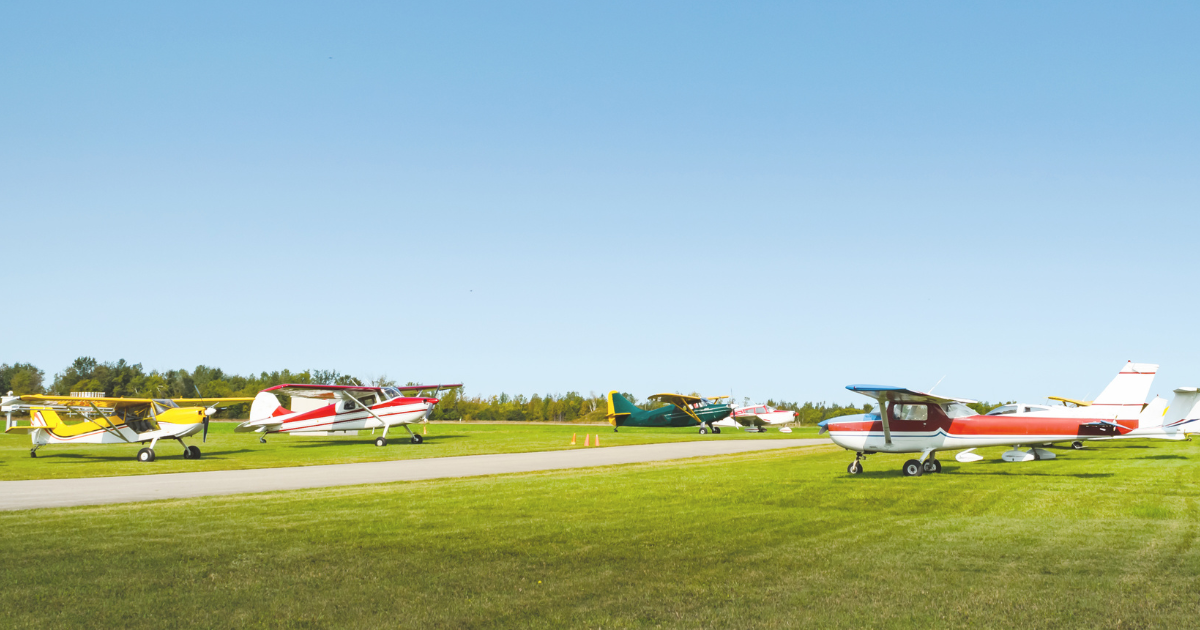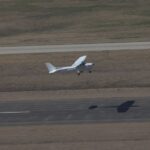Just about every pilot can remember their first solo cross-country flight. All of the hard work paid off, and they were finally able (and allowed) to fly somewhere alone. From that time, for most pilots, planning cross-country flights becomes rather straightforward. You select a destination, plot a course, and complete the rest of the steps that are part of the preflight planning. In about 85 percent of the flying you will do, this process is sufficient. However, the other 15 percent of the time, especially if you are not familiar with your destination, may be different. This article will focus on that other 15 percent.
How do you plan for a destination trip that is outside of your regular flight regime or experience level? The answer is: you start from the end.
Let me explain.
Say you decide that you want to fly yourself and your family from Florida to a destination (foreign or domestic) that you have never been to before. The terrain is different; the weather is different; the surrounding airspace is different; and, if you are flying to a foreign country, the laws may even be different. In fact, just about every aspect of the destination is different than what you are used to “back home.”
First, determine and list all of the airports near your intended destination. After researching these airports, you will begin to reduce the list based on complexity, safety, runway conditions, services, attractions, emergency services, fees, etc. There are several tools that you can use to help you accomplish this step. These include, but are not limited to, the following:
- Chart supplements
- Terminal procedures publications
- NOTAMS
- Local county, city, or country websites
- Airport websites
- Local chamber of commerce
- Social media pilot groups for the various airports
- Other internet search results
- FAA or other local operator camera observations
The airport list that remains should reflect those airports that you would feel most comfortable flying into and out of based on your skill set and comfort level. What started as a quest for one airport may have turned into a multiple airport adventure.
Once you have selected your ideal airport(s), you will want to research their operations, critical times, traffic patterns, prevailing winds, primary runway, ground operations, obstacles, etc. Use a service such as Google Maps to get a feel for the surrounding area. You can also use Google Maps to pick out landmarks and alternate landing sites in case of an emergency.
The next thing that you should do is research the different types of weather that are common to the area during the time of your intended visit. This too may help in further reducing your list of proposed airports. Some airports and regions have unique tools. An example is the FAA live weather cameras at airports in Alaska. These have been operational for many years, and the FAA just announced the first camera installations in Colorado.
You should now determine how much weight you will be carrying in your aircraft so that you can calculate how much fuel you will have available. This will ultimately help you determine the distance and endurance for each of the legs of your trip.
Assuming that you have identified your intended airport(s), you can now begin the flight planning exercise. Start with the time of day that you would prefer to arrive based on all of your research. (There is nothing worse than arriving at an airport only to find that there is no transportation available.) As you work backward on your chart, you can determine your intended stops by using your endurance calculations from above, how much time you want or need to achieve on each leg, and areas to avoid because of obstacles, airspace, or other issues. This exercise will also give you an idea of what altitudes you will need to fly at on each leg. This “reverse” exercise will help you select the ideal stops during your flight. Continue this exercise until you reach your departure airport.
Now that you have a rough plan plotted out, you can begin your formal flight planning. As you can see, your degree of comfort and experience with your destination determines the amount of preparation work necessary. The more time you spend in the planning phase, the less likely you will have any surprises pop up during your flight. These types of trips also require a great deal of contingency planning. You cannot call up “Joe” the mechanic when you are nine hundred miles away from your base and ask him to pop over to look at something.
Flight planning in the digital age is quick and easy, but this can also lead to a false sense of security. Digital flight planning can be used as one tool in your planning process, but it should certainly not be your sole source of preparation. Paper charts and in-depth research regarding your route and the airports you will use, as described earlier in this article, are essential. We see far too many pilots who are planning long trips and simply type the information into their tablets to receive a flight plan created by their app. This is similar to what many people do with their car GPS, causing them to proceed with blind faith in the technology.
One thing you may want to consider is engaging your passenger(s) in the planning process. Share your reasoning and thought process regarding routes and airports. If they know what your key landmarks are, they can help you identify those during the flight. You can brief them on which charts or resources you will need during the different phases of flight so they can assist you. Remember, while you are flying and have lots to keep you occupied, it is easy for passengers to get bored on long trips. Engaging your passengers in the planning process can help keep the flight exciting and fun for them, but more than that, it can become part of the reason you’re taking the trip in the first place: to share experiences and create memories with people you love.










